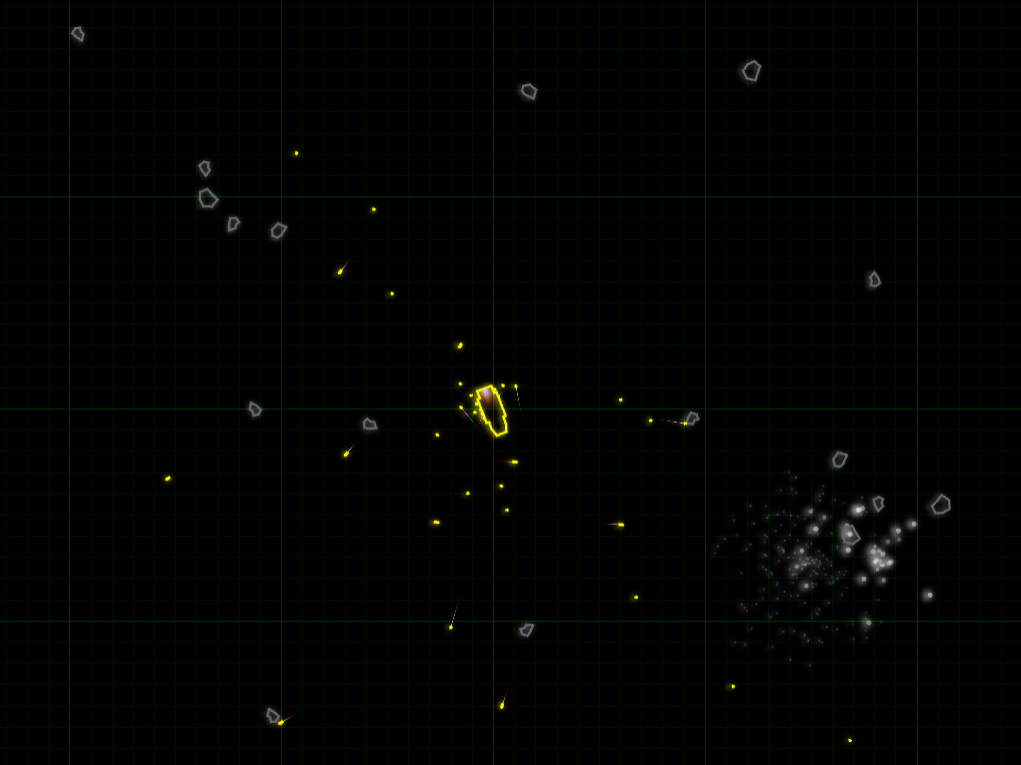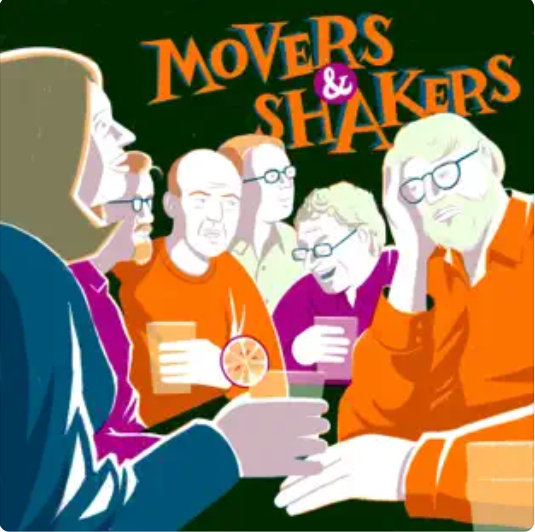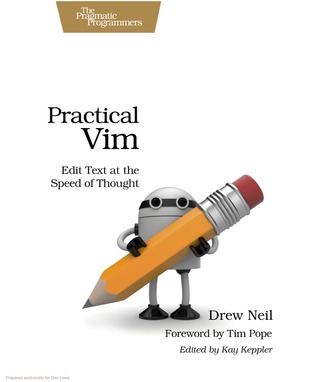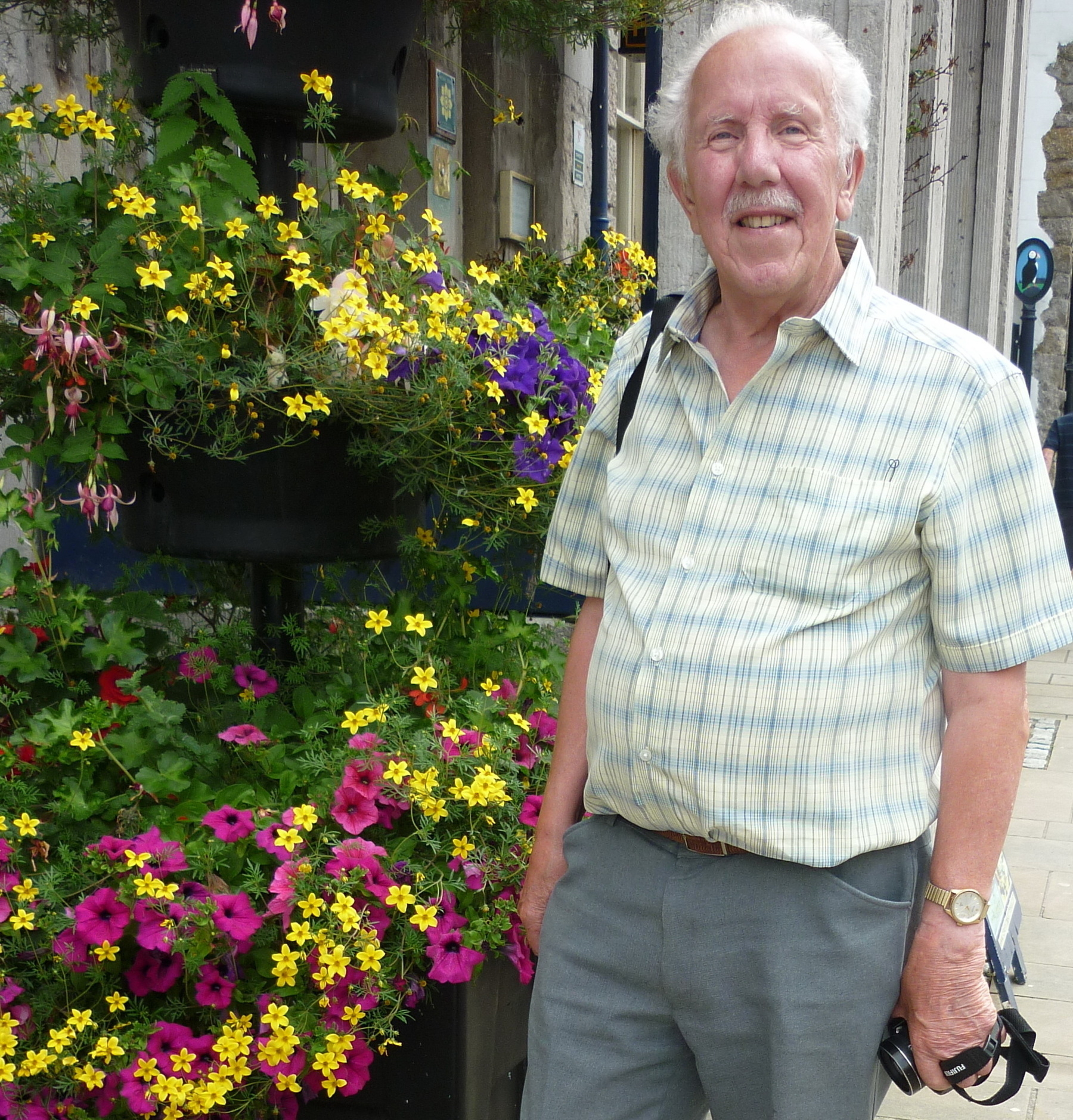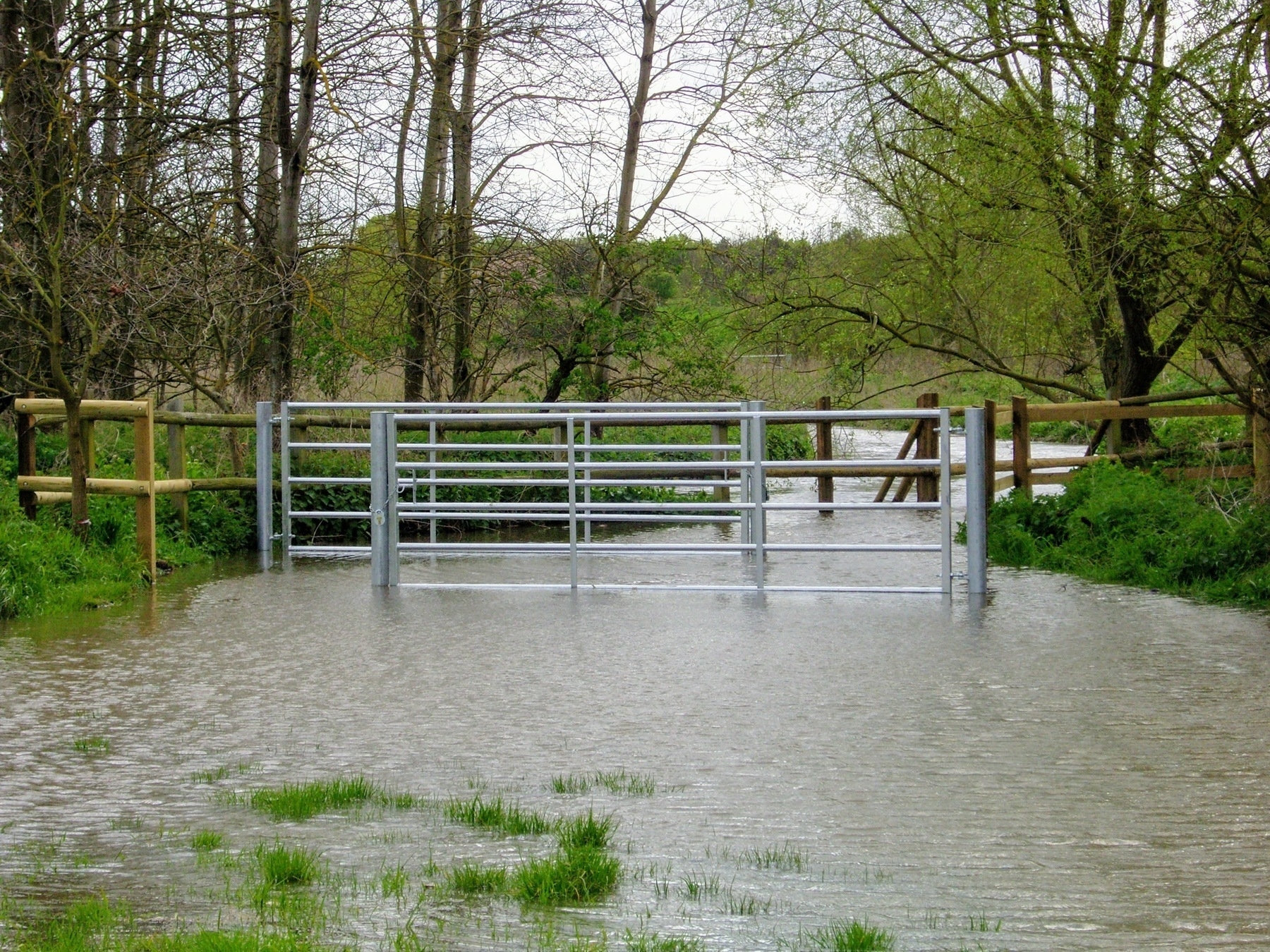
Today, I made a big step in the process of disengaging from American megacorps by switching from a Chromebook Plus and an Acer Windows 10 laptop to a new Ubuntu laptop. I picked a Tuxedo InfinityBook Pro 15 running Tuxedo OS, which is the German company’s mildly tweaked flavour of Ubuntu. The most noticeable difference to 24.04 LTS is that it uses KDE Plasma.
Tuxedo build their laptops to order, and the configuration process was straightforward. I ordered a machine that should be able to keep up with my spirited use of Vim (Intel Core Ultra 7, 32 GB of RAM, and 2 TB of SSD) at the end of June, and it turned up yesterday. Tuxedo doesn’t handle VAT or import duties into post-brexit UK, but even paying the tax via UPS proved to be surprisingly easy.
The initial impression of the InfinityBook is excellent. I do have some familiarity with Debian (Raspberry Pi), and I live in Bash at work, but I’d not used Ubuntu before - other than discovering that I couldn’t dual-boot my Acer with it without upsetting Windows. The hardware is solid, with a white backlit keyboard that is a pleasure to type on. The 3K screen is a significant improvement on my previous machines, but I do need my reading glasses to make the most of it.
I had seen some reviews mentioning that the trackpad is not quite up to Apple standards, and that may be true - though I haven’t quite dialled it into my taste yet - and tend to use a mouse anyway.
The Tuxedo Control Center gives a lot of options to match battery charging and lifetime to your planned usage. There is also a nice dashboard that shows how fast the power-hungry CPU is getting through the juice - hardly ticking over at 7 watts as I type this.
Installing essentials like Obsidian.md, QOwnNote, and pCloud sync and backup proved to be pretty straightforward, though the built-in “Discover” software manager wasn’t a lot of help there.
Now I’ve got the basics installed and working, I need to start on the journey of finding a photo management application that will meet my needs.

